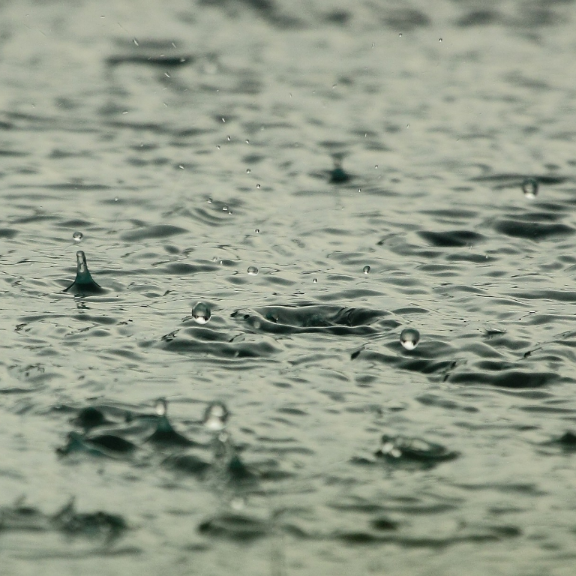Rainfall and Irrigation
In the intricate tapestry of sugarcane farming in Kenya, the delicate balance between rainfall and irrigation orchestrates the dance of prosperity. Kenya's diverse landscapes dictate varied rainfall patterns, from the rhythmic coastal seasons to the bimodal rhythms of the central and western regions. Embracing the art of rainwater harvesting becomes more than a practice; it transforms into a sustainable ritual, capturing nature's abundance during the wet season for drier times.
Each sugarcane farm becomes a canvas for irrigation systems tailored to its unique needs. The precision of drip irrigation, the expansive reach of sprinkler systems, or the simplicity of furrow irrigation — each method is a stroke in the masterpiece of efficient water use. Timing, akin to a maestro's baton, directs the irrigation symphony. From germination to maturation, each growth stage demands a harmonious flow of water for optimal development and yield.
Efficiency becomes the guiding principle in this watery ballet. Mulching, a protective embrace for the soil, reduces evaporation and preserves moisture. Soil moisture sensors, vigilant guardians of the land, provide real-time data, enabling nuanced adjustments to irrigation schedules.
In regions where the specter of drought lingers, preparedness becomes the farmer's shield. Plans unfold, integrating water conservation strategies, alternative sources, and the cultivation of resilient sugarcane varieties. The foresight to anticipate and mitigate the impact of dry spells becomes an inherent part of the farming ethos.
Modern technologies, embodied by soil moisture sensors, usher in a new era of soil management. These silent sentinels offer continuous insights, allowing farmers to navigate the delicate balance between overwatering and underwatering.
In the sustainability narrative, water management plays a central role. Sugarcane fields become realms where the balance between agricultural needs and environmental stewardship is meticulously maintained. Compliance with governmental regulations becomes a duty, securing permits and upholding responsible water practices. Collaborations with local water initiatives and cooperatives further strengthen the communal fabric, fostering resilience against water challenges.
In the fields of Kenya's sugarcane farms, the silent partnership between rainfall and irrigation is a testament to the farmer's artistry. It's a narrative written in the soil, where water, as both nurturer and sculptor, shapes the destiny of the crop and the communities it sustains. As the journey through sugarcane cultivation unfolds, may this harmonious dance with water resources be a melody of abundance, sustainability, and enduring prosperity.

